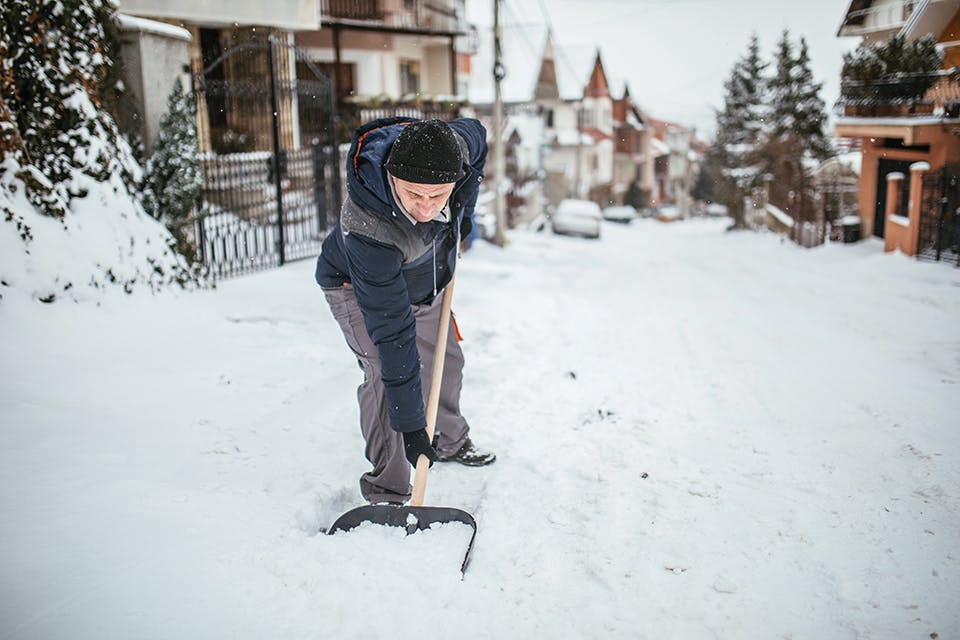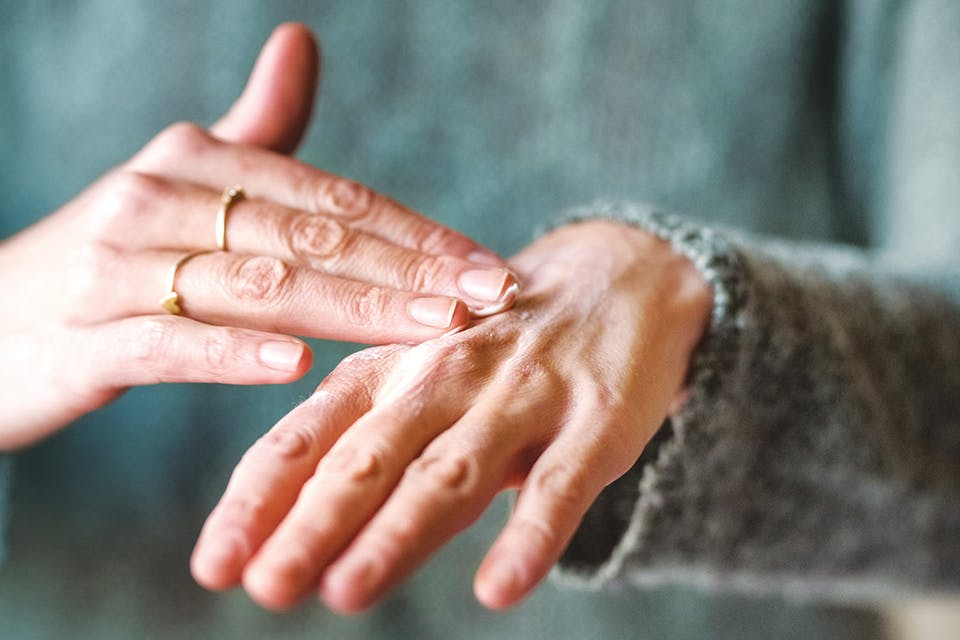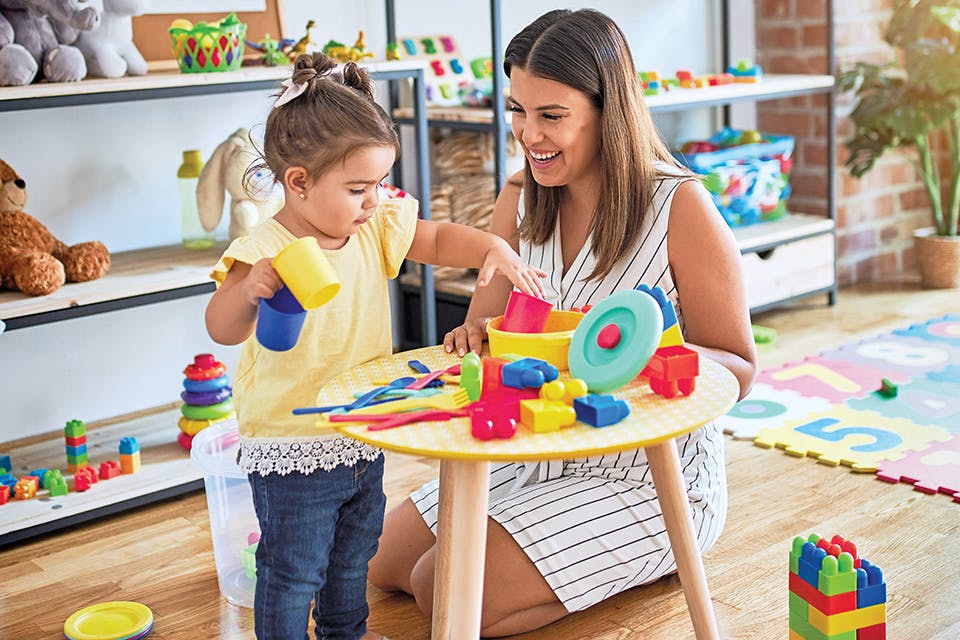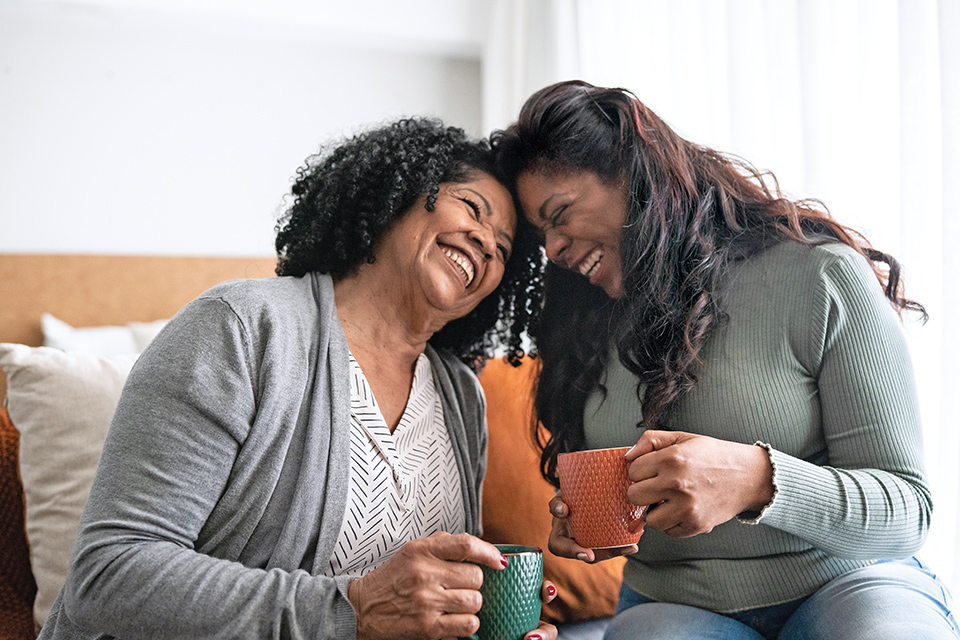Ohio Life
| Live Well Ohio
Live Well Ohio: Nov./Dec. 2022
Follow these pointers when buying toys for the little ones in your life this season, and learn how the power of gratitude can improve your outlook.
Related Articles

Live Well March/April 2024
How to teach your children kindness to the neurodiverse. Plus, find out what nutrients might be missing from your diet. READ MORE >>

Live Well Jan./Feb. 2024
How to prevent common hazards in and around the home and cold weather arrives. Plus, Dublin resident Greg Ruf shares his work to bring awareness to a lesser-known heart condition. READ MORE >>

Live Well Ohio: Nov.-Dec. 2023
Follow these five strategies to help combat dry skin this winter, and learn the lifestyle modifications that can help those at risk for developing diabetes. READ MORE >>




